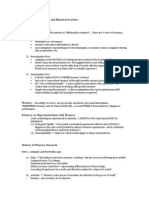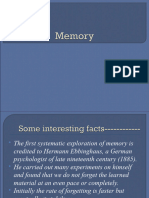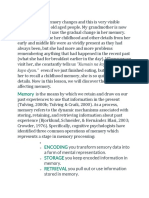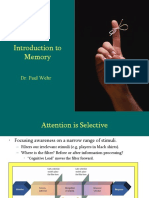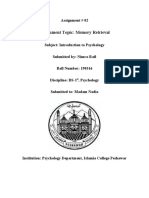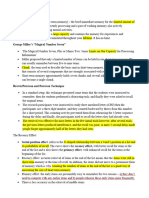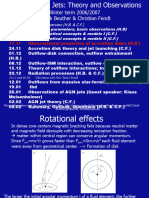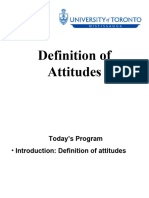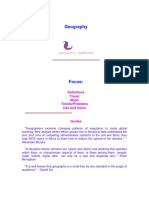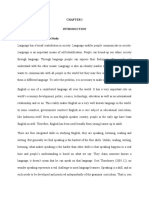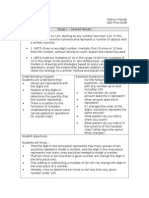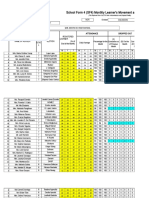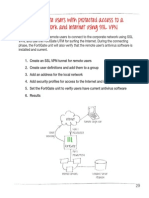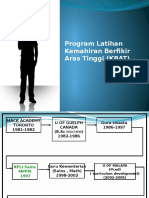0% found this document useful (0 votes)
53 views47 pagesLecture 1 Slides
The document discusses the history of theories about memory storage from Plato comparing memory to wax tablets and aviaries to modern comparisons to computers, it also outlines typical memory experiments involving studying stimuli and testing recall or recognition, and covers the distinction between sensory memory systems like iconic and echoic memory which briefly store visual and auditory information respectively.
Uploaded by
syh.zeeshanCopyright
© © All Rights Reserved
We take content rights seriously. If you suspect this is your content, claim it here.
Available Formats
Download as PPS, PDF, TXT or read online on Scribd
0% found this document useful (0 votes)
53 views47 pagesLecture 1 Slides
The document discusses the history of theories about memory storage from Plato comparing memory to wax tablets and aviaries to modern comparisons to computers, it also outlines typical memory experiments involving studying stimuli and testing recall or recognition, and covers the distinction between sensory memory systems like iconic and echoic memory which briefly store visual and auditory information respectively.
Uploaded by
syh.zeeshanCopyright
© © All Rights Reserved
We take content rights seriously. If you suspect this is your content, claim it here.
Available Formats
Download as PPS, PDF, TXT or read online on Scribd
/ 47
